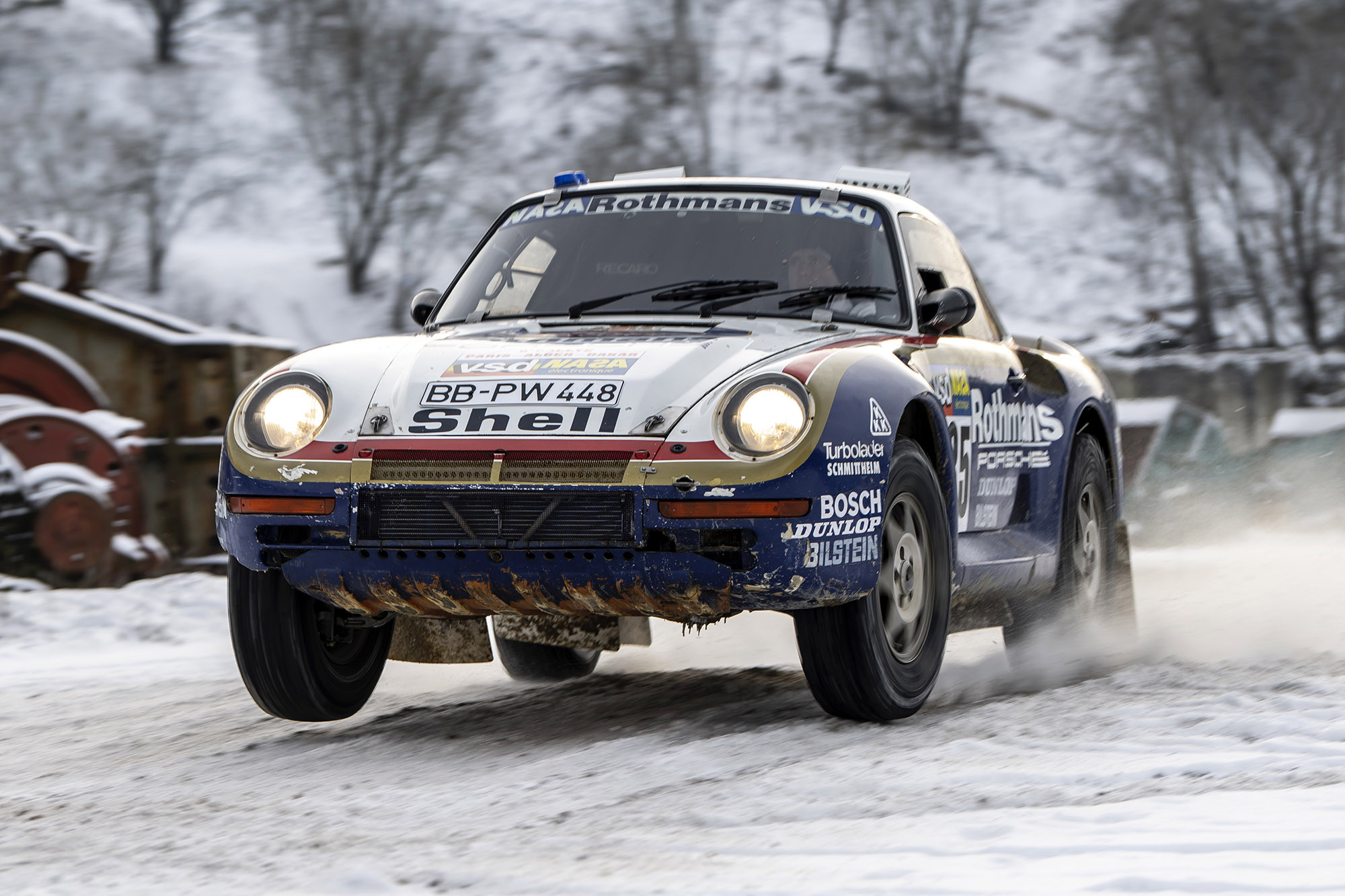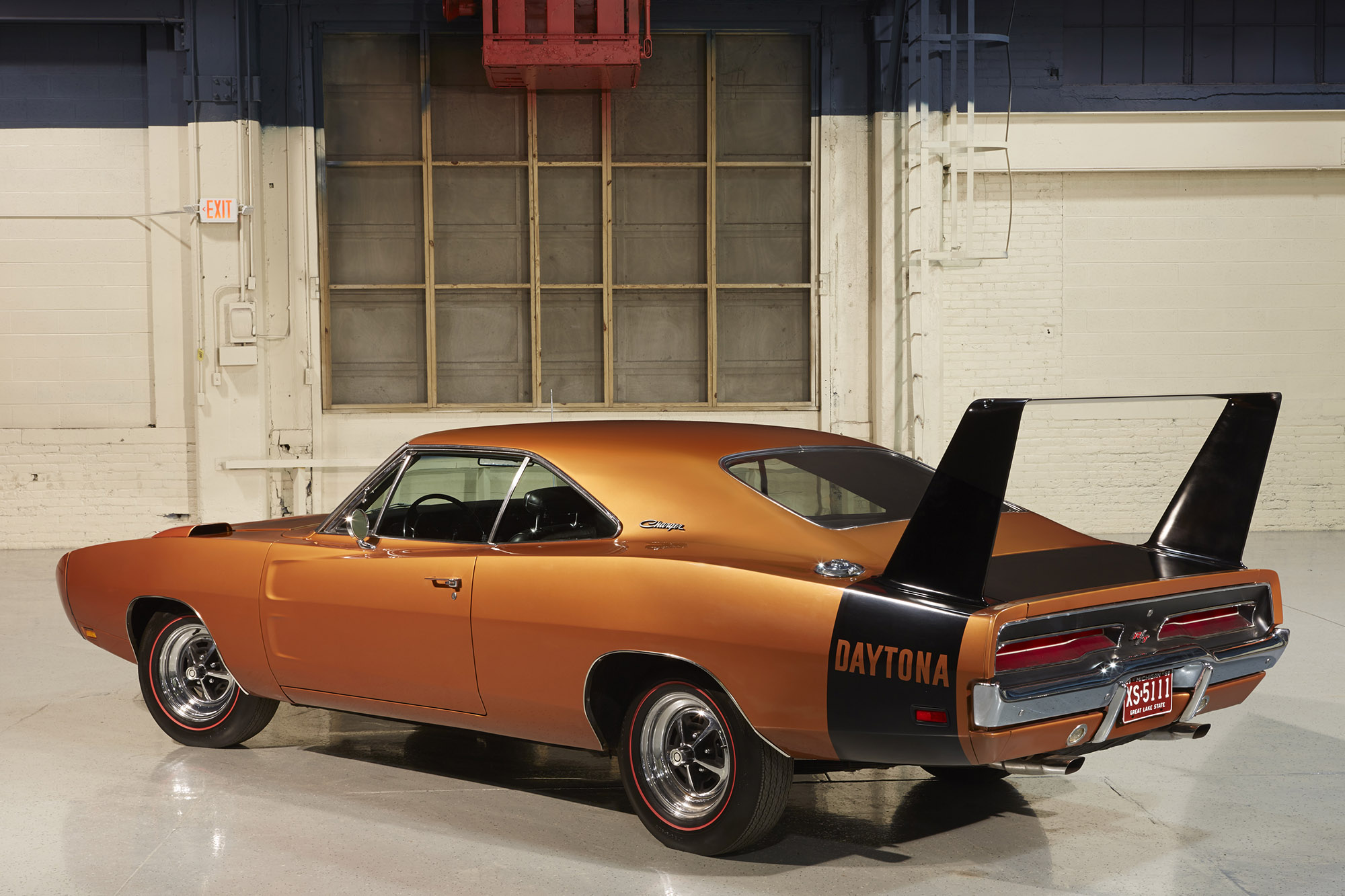What Is a Homologation Special?
Some racing regulations require automakers to build road versions of the race cars.
 Porsche
Porsche
Automakers use the phrase "race derived" to refer to a dizzying selection of features, ranging from spoilers to turbochargers. This designation often amounts to little more than a marketing gimmick, but the term is more accurate when applied to a homologation car.
 Dodge
Dodge
What Homologation Means
In a broad sense, all new vehicles are examples of homologation, as they must comply with strict market-specific safety and emissions regulations to be deemed street legal. This is why you can't buy an Alpine A110 in the United States: It simply hasn't been homologated for the market.
In automotive competition, homologation occurs when a car passes official scrutiny, confirming it complies with the regulations of a specific race series. The requirements vary from series to series and mandate safety, aerodynamic, and mechanical features.
For example, the cars racing in the Hypercar category of the World Endurance Championship run by the Fédération Internationale de l'Automobile (FIA) need to weigh at least 2,270 pounds. These norms sometimes also require teams to build a street-legal version of a race car and sell a set number of units.
 Toyota
Toyota
Road and Race Versions of Homologation Vehicles Differ Significantly
Just because a car has been built to fulfill a homologation requirement doesn't mean the street and race versions are identical. For instance, Toyota designed the GR Yaris for the top Rally1 World Rally Championship (WRC) category. In race specification, a gasoline-electric hybrid drivetrain built around a turbocharged, 1.6-liter three-cylinder engine powers the car, and it's rated at more than 490 horsepower and 369 pound-feet of torque. The GR Yaris Rally1 also wears an aggressive-looking body kit with flared wheel arches, side skirts, and a giant rear wing.
Limited to 25,000 units globally, the street-legal model ditches the race-bound drivetrain's hybrid system and adopts a 1.6-liter three-cylinder turbocharged to 261 horsepower and 265 lb-ft of torque. While it looks far more muscular than the standard Yaris, its body kit isn't as extreme as the race car's. Toyota doesn't sell the GR Yaris in the U.S., but the GR Corolla offers the same basic powertrain.
Similarly, the Group B cars that raced in the 1980s were made considerably tamer before being shipped to a dealer's showroom. Audi's Sport Quattro was rated at about 300 horsepower in street specification compared to more than 450 horsepower in race specification, and like the GR Yaris, it lost most of the race car's body kit.
 Audi
Audi
Famous Examples of Homologation Specials
Every race series enforces its own homologation requirements. NASCAR rules differ significantly from those governing WRC, so homologation cars have historically come in many shapes and sizes. Most share at least one trait: genuine homologation cars are generally valuable and highly sought after when they are offered for sale.
Dodge built about 503 units of the Charger Daytona in 1969 to satisfy NASCAR homologation rules. Based on the Charger, the Daytona received aerodynamic improvements such as a cone-shaped front-end panel with concealed headlights and a tall rear wing. It became the first NASCAR racer to cross the 200-mph mark. In 2021, auction company RM Sotheby's sold a 1969 Charger Daytona finished in Silver Metallic for $269,500 — far more than an ordinary '69 Charger usually goes for.
Some emblematic homologation cars emerged from WRC's Group B regulations, including the Audi Sport Quattro, the Porsche 959, and the Peugeot 205 T16. Group A, which replaced Group B as the top category in WRC racing starting with the 1987 season, also spawned numerous homologation cars. Manufacturers built more street versions of Group A than Group B (at least 2,500 versus 200 units each). These homologation cars were typically closely related to regular-production cars. Examples include the Subaru Impreza WRX STI, the Lancia Delta Integrale, and the Toyota Celica GT-Four.
However, not every homologation car comes with an eye-searing price tag. For example, the Celica GT-Four remains relatively affordable. In August 2022, auction site Cars & Bids sold a 1995 model for $14,000. The Mitsubishi Pajero — known as the Montero in the U.S. — spawned a variant called the Pajero Evolution, which Mitsubishi developed to race in the Paris to Dakar rally. The Pajero Evo remains available for well less than what a typical new SUV will cost. Online auction company Cars & Bids recently sold a 1998 model with minor modifications for $31,750.
Written by humans.
Edited by humans.
 Ronan Glon
Ronan GlonRonan Glon is an American journalist and automotive historian based in France. He enjoys working on old cars and spending time outdoors seeking out his next project car.
Related articles
View more related articles